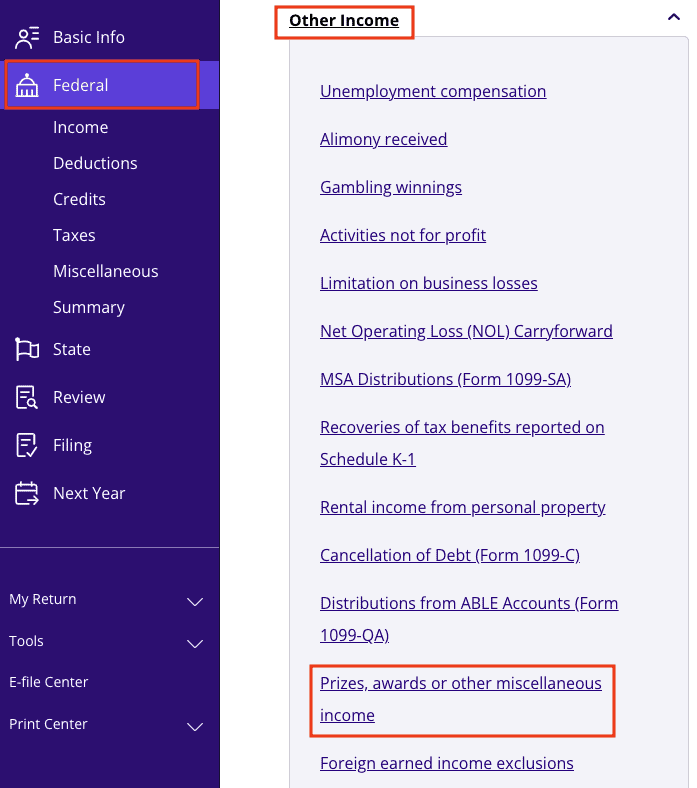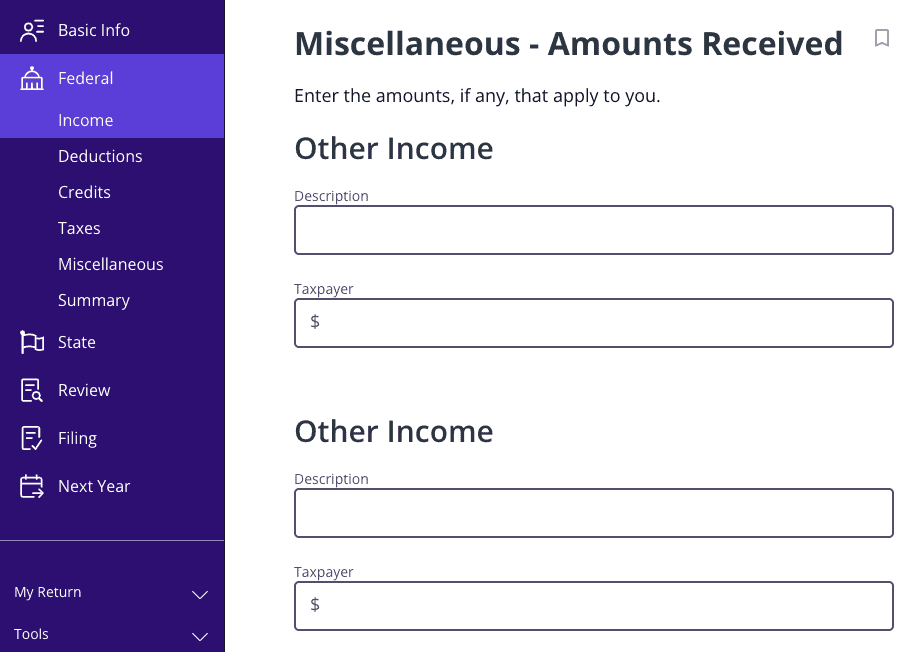Guide to Tax Form 1099SB
If this is the first year you have sold a policy of life insurance, you could receive Form 1099 SB. This tax form informs both you and the Internal Revenue Service about the sale or transfer a life insurance policy. What does this mean to your taxes? Let’s walk through what the 1099-SB form is, why you received it, and how to handle it on your tax return.
At a glance:
- When you sell a life insurance policy, the issuer sends you Form 1099-SB, which reports your basis in the contract.
- You’ll also receive Form 1099-LS, which reports how much the buyer paid for the policy.
- These two forms can help determine if you owe any income tax on the policy sale.
- You will not owe taxes if you sold the policy for less than your basis.
What is a 1099-SB form?
Form 1099-SB, Seller’s Investment in Life Insurance Contract, reports how much you paid into a life insurance policy. When you sell or transfer your life insurance policy to a third party, it’s called a reportable policy sale, and the IRS requires the issuer of the life insurance contract to send you Form 1099-SB.
What is the purpose of a 1099-SB?
Selling a life insurance policy can be a taxable event, but only if you sold it for more than your cost basis. That’s what Form 1099-SB is for — it tells you the cost basis of your life insurance policy.
Receiving Form 1099-SB does not automatically mean you owe taxes on the life insurance sale. It is a simple informational form which tells you how much you paid in premiums. You don’t need to report Form 1099-SB on your tax return, but you can use it in conjunction with Form 1099-LS, which reports how much you sold your policy for, to determine if you have taxable income to report.
IRS Form 1099-SB example
Here’s what this form looks like and a breakdown of the key sections:
On the left:
- The contact information for the policy issuer, including their taxpayer identification number (TIN).
- The seller’s information (you), including your policy number and TIN, which is often your Social Security number.
On the right:
- Box 1: Investment in contract – This is the total premiums you’ve paid toward the life insurance policy, excluding any dividends or earnings you may have received. This number is used to determine any taxable gains. This number is only relevant if you sold the policy for a higher price than your basis. Remember, the acquirer (the party who bought the policy) should also send you Form 1099-LS, showing how much they paid you for the contract.
- Form 1099-SB instructionsNot sure what to do with Form 1099-SB now that you have it? If you have taxable income, you may owe taxes on the excess amount. If anything seems off, contact the issuer right away.
Look for Form 1099-LS
: If you sold your life insurance policy, the buyer must send you Form 1099-LS, which shows how much they paid for the policy.
- Determine taxable income: If the amount in 1099-LS Box 1 is greater than the amount in 1099-SB Box 1, you may owe taxes on the excess amount (more on that below).
- E-file your tax return: If you have taxable income to report from the policy sale, TaxAct(r) can help you navigate this step without hassle — just make sure you have your tax forms handy to answer our interview questions.
- FAQs about Form 1099-SBWhat’s the difference between surrendering a life insurance policy and selling it?
- Surrendering and selling are two ways to cash out your life insurance policy. Surrendering cancels the policy while selling transfers ownership to a third party. The policyholder (you) receives a lump sum, but it’s typically less than the full value of the policy since you’re forfeiting future coverage.When you sell your policy
in a reportable life insurance sale, you transfer ownership of the policy to a third-party acquirer in exchange for a lump sum (typically more than the surrender amount). The buyer takes over paying the premiums, and they will receive the death benefits when you pass away.
Both scenarios only result in a taxable event if your cash-out payment exceeds your basis in the policy (Box 1 of Form 1099-SB).
Where do I report 1099-SB on Form 1040?
- You don’t need to report the 1099-SB form directly on your federal tax return (Form 1040). You don’t need to report the 1099-SB form directly on your federal tax return (Form 1040). If you sold the life insurance policy for more than the basis (Box 1), the excess up to the surrender value (Box 2) is reported on Form 1040 as “Other income”. TaxAct can help you with both scenarios (see the instructions in the next section). TaxAct can help you with both scenarios (see the instructions in the next section).When is the due date for issuers to send Form 1099-SB?
- IRS reporting requirements for Form 1099-SB require the issuer of a life insurance contract to send the form to filers by Jan. 31, so expect to see it in your mailbox or inbox by mid-February.What happens if I don’t get a 1099-SB form?
If you sold or transferred a life insurance policy but didn’t receive a 1099-SB form, contact the policy issuer to request it — you’ll need the form to report any taxable income from the sale.
Still have questions about Form 1099-SB? Visit irs.gov to see the IRS instructions for this form. Here’s how you can report it to TaxAct if you have taxable income. If these steps look familiar to you, they may have been covered in our article on Form 1099-LS. )
To report ordinary income:
Click
Federal
in the left navigation.
On the
Federal Quick Q&A Topics
screen, click
Other Income
to expand the category.
- Click Prizes, awards or other miscellaneous income as shown below.
- Enter the amount and description in one of the two Other Income lines as shown below.To report capital gains:Click
- Federal in the left navigation.On the
- Federal Quick Q&A Topics screen, click Investment Income
to expand the category.
- Click Gain or loss on the sale of investments to expand the category.
- Click Capital gain or loss (Form 1099-B) as shown below.Proceed with entering the transaction details. You can select the type of gain you experienced (short-term or long-term) under Term Type
- : Remember that Form 1099-SB is a simple form that informs you and the IRS about the sale of a life insurance contract. You can use it in conjunction with Form 1099 LS to determine whether you owe income taxes, and then e-file your tax return with TaxAct. We can help you file with confidence and remove the guesswork.








